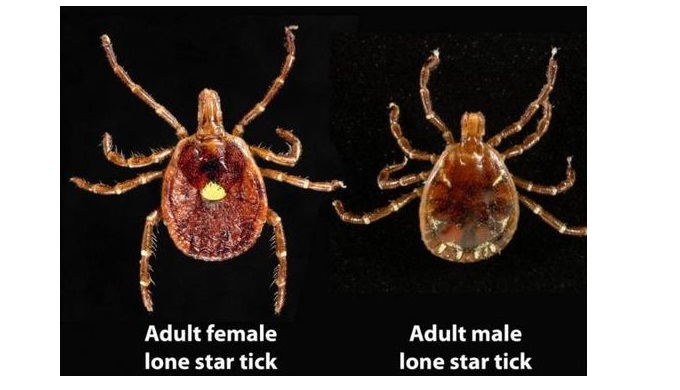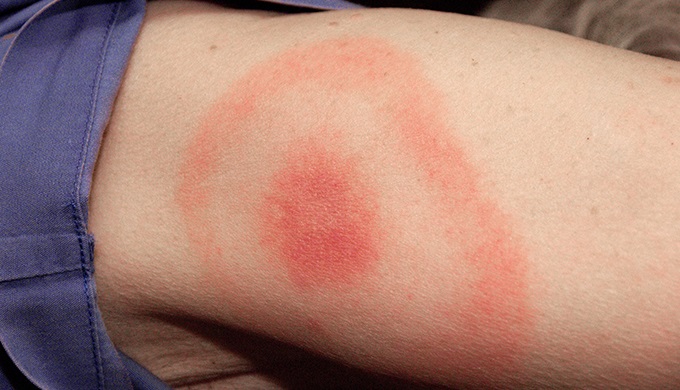Don’t discount the danger of ticks this summer. Though not as common as in some parts of the country, ticks still pose a threat to people and their pets all over the Lone Star State. Whether you stay near home or travel around Texas, learn about tick threats and how to prevent them.
 Photo: Wikimedia Commons
Photo: Wikimedia Commons
Nature
Ticks in the Texas Hill Country: How to Protect Yourself and Your Pets
Tick Types in the Texas Hill Country

Photo: Wikimedia Commons
Many tick species plague the Lone Star State. In Texas, you may encounter the lone star tick, (Amblyomma americanum), American dog tick (Dermacentor variabilis), brown dog tick (Rhipicephalus sanguineus Latreille), Gulf Coast tick (Amblyomma maculatum Koch), black-legged tick (Ixodes scapularis Say), winter tick (Dermacentor albipictus), and the spinose ear tick (Otobius megnini). All these ticks could pose a threat with different species acting as vectors for various diseases. The most commonly seen in the Hill Country are lone star tick, American dog tick, brown dog tick, and black-legged tick.
Tick-Bite Diseases

Photo: Wikimedia Commons
Ticks transmit many diseases when they feed on people or pets. Most people have heard of Lyme disease, and tick species in Texas have given this to humans before, with between 50 and 100 people diagnosed each year. But, this is not the only problem caused by these blood-suckers. Rocky Mountain spotted fever, tularemia, and ehrlichiosis may all be transferred to people from tick bites. In fact, a lone star tick bite could make you allergic to meat. Though these ailments are treatable, prevention is a better option.
Preventing Tick Problems

Photo: Wikimedia Commons
While rare, tick-borne diseases can be devastating. To avoid them, prevent getting bitten in the first place. Before going out, apply a repellent that prevents ticks from settling on your clothing and skin. Look for the ingredient permethrin. Protect your backyard by making it inhospitable to ticks. Don’t walk through areas of high grass or groundcover. When hiking, stick to the trails, where open paths are less likely to harbor ticks. Check yourself and your pets regularly when outside, and if you see a tick, remove it immediately with tweezers.
When to See a Doctor

Photo: Wikimedia Commons
Even with all the precautions possible, you may still get sick. After removing a tick, watch out for signs of illness that indicate you should go to a doctor. Many tick diseases may be fatal if left untreated, so don’t delay in seeking medical help. Watch out for a rash near the bite – especially if it has a bullseye shape – a high fever, muscle aches, headaches, or generally not feeling well within a month of a bite. These could indicate tick-bite illnesses, which often take days to weeks to set in.
References:
Texas A&M AgriLife Extension: Insects in the City – Lyme Disease Ticks in Texas


